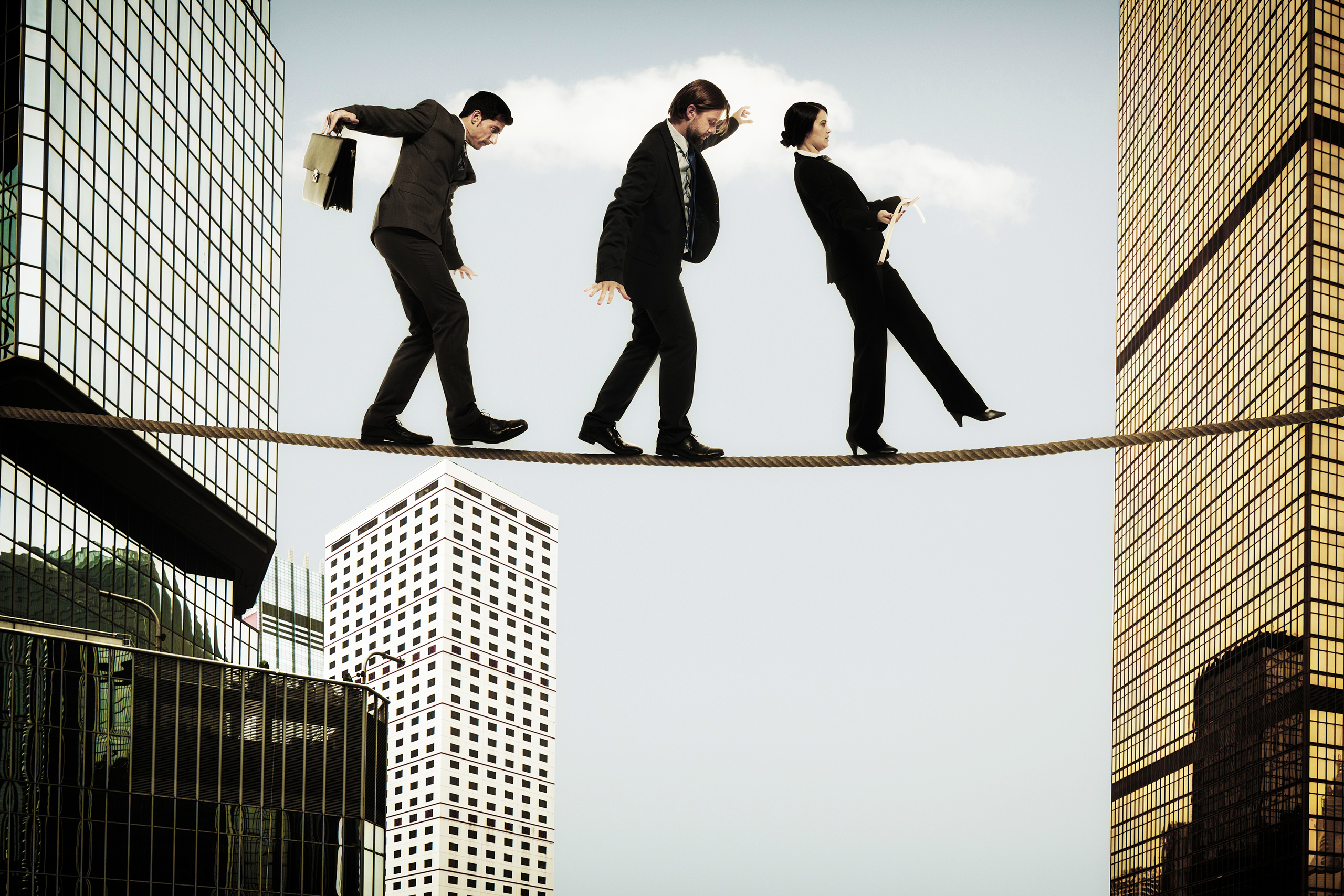With Uncomfortably Off, sociologists Marcos González Hernando and Gerry Mitchell attempt to explain why people on relatively high incomes don’t feel particularly affluent (interviewees, all British, were drawn from the top 10 per cent of earners, though not the top 1 per cent).

Partly it’s because they compare themselves with people who earn more than they do. Partly it’s because their spending has increased as their incomes have risen and they have to find the money to cover increases in school fees, rising private healthcare costs and mounting lifestyle expectations.
These pressures contribute to what the authors call a fear of falling — the fear that they or their children will end up further down the income ladder. And those pressures have only worsened in recent years.
But why would well-heeled earners look up rather than down when they’re assessing their position on the income distribution scale? Increasingly segregated schooling and housing, more marriage within rather than between income groups, much less shared experience of healthcare and other social services, a greater focus on paid work and its monetary rewards — these are a large part of the explanation.
“All these tendencies,” they write, “mean that it’s increasingly rare for high earners to get to know people outside their usual interaction with friends, family, work and education, especially when other networks (such as those based on religion or hobbies) either dwindle or move online.” Asked to place themselves in the income hierarchy and feeling under pressure, they compare themselves with the relatively small segment of the population that seems typical to them.
This wouldn’t be quite such a problem if it weren’t for the fact that wealthy people have disproportionate political power. Once they withdraw from the spheres that most people inhabit — government-provided schools, healthcare and other services — it’s no longer in their interest for them to be adequately funded. This sets up a cycle: underfunded public services push more people who can afford it into the hands of private providers. Their services cost more — often much more — putting pressure on the relatively wealthy, increasing their resistance to taxes and making them more likely to support government cutbacks or freezes. Some of these trends are hard to reverse.
We can’t do much about people increasingly marrying within their own milieu, for example. But we can begin the slow process of changing the milieu. The obvious place to start is in the school system, where private schools (generally the preserve of the wealthiest families) are reinforcing social segregation to an alarming degree.
Hernando and Mitchell conclude that cracks are opening up in the fearful protections wealthy Britons have erected against an increasingly chaotic public sphere. “This book’s aim is to invite the top 10 per cent to consider a future in which, for the price of giving up the barriers through which they seek to distinguish themselves from the rest” — a price that would include higher taxes — “they could become less anxious, more secure and less isolated.”
Can Australia learn from Britain’s uncomfortable wealthy? While 7 per cent of British children are educated in private schools, the Australian figure is 35 per cent. Add in selective government schools, particularly in New South Wales, and the landscape seems no less bleak than in Britain.
Inside Story review
